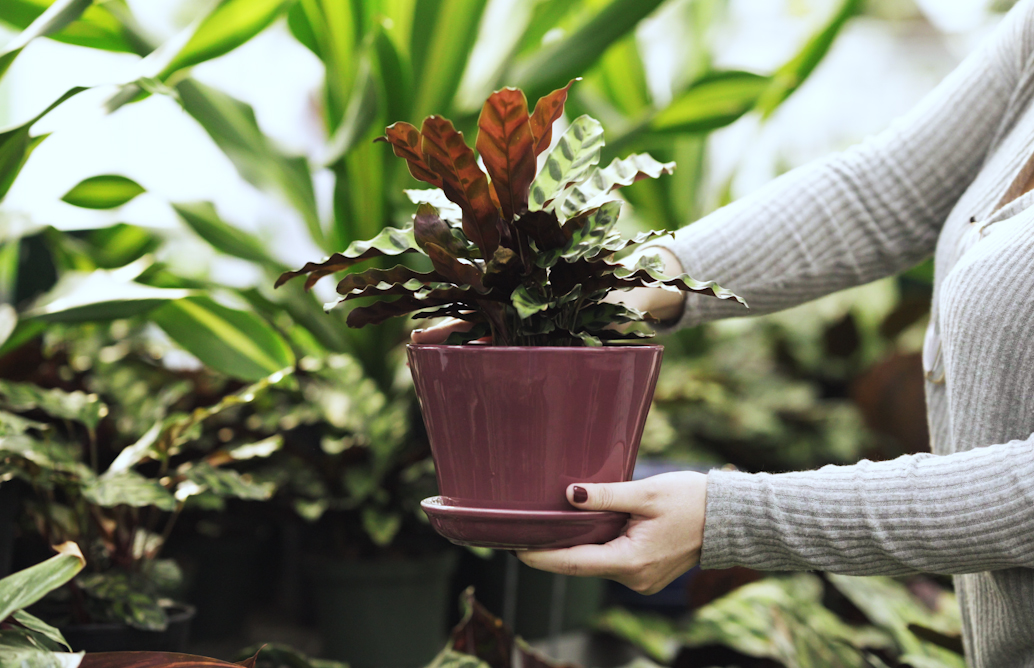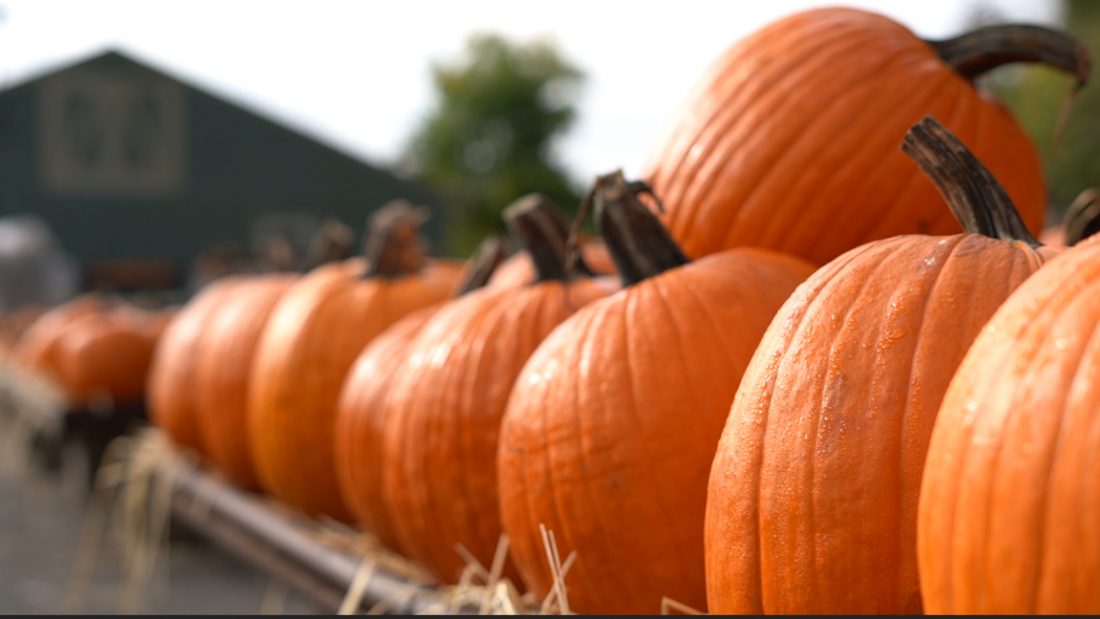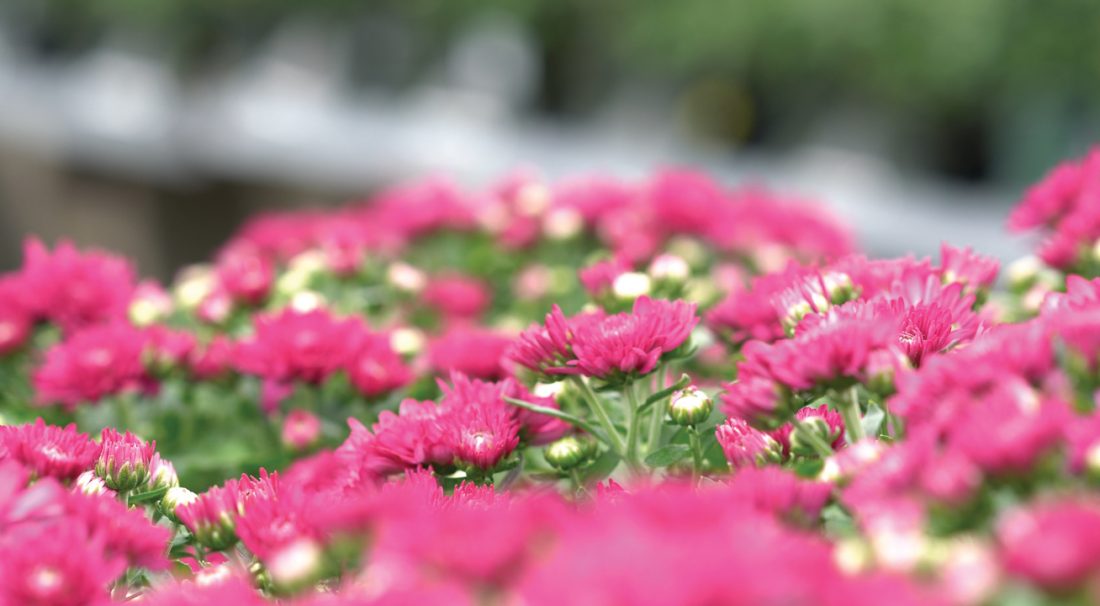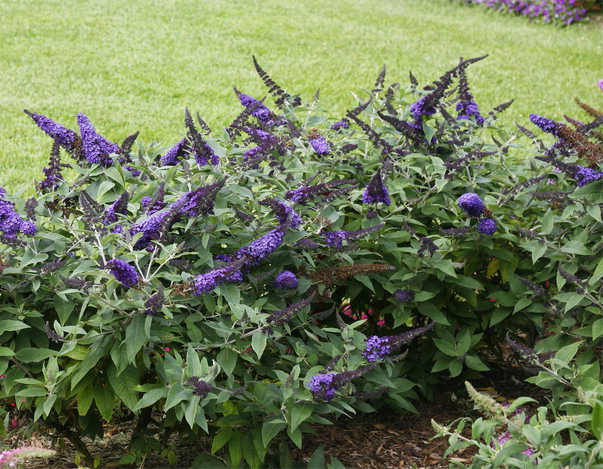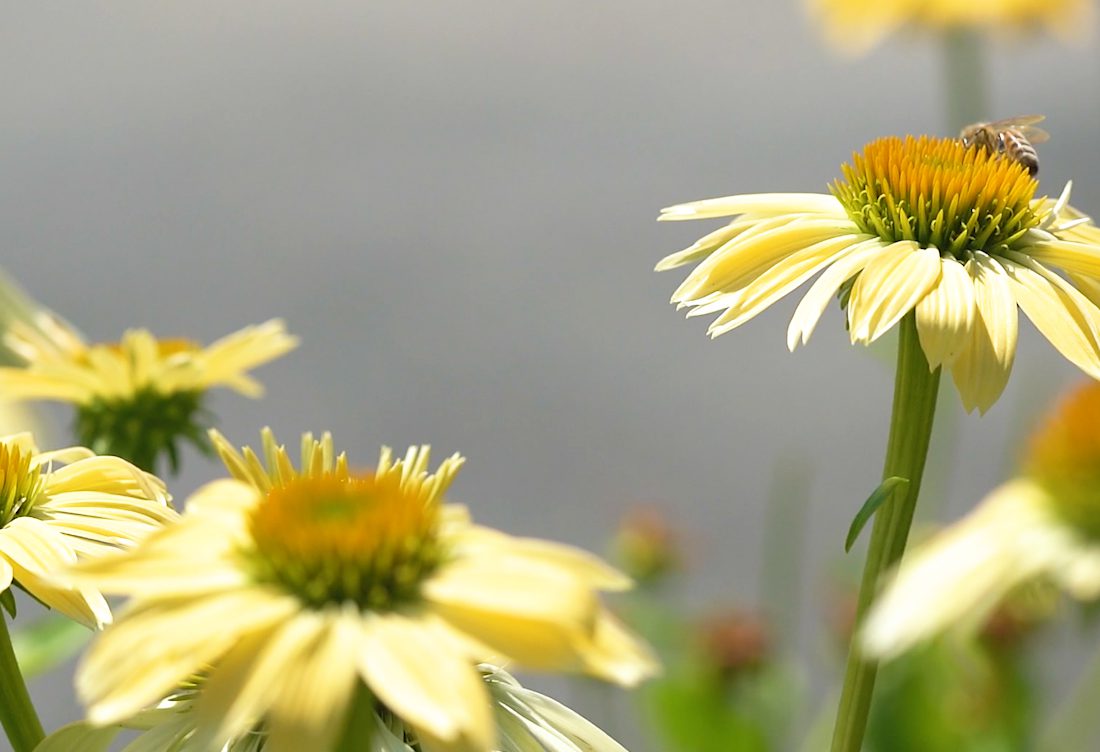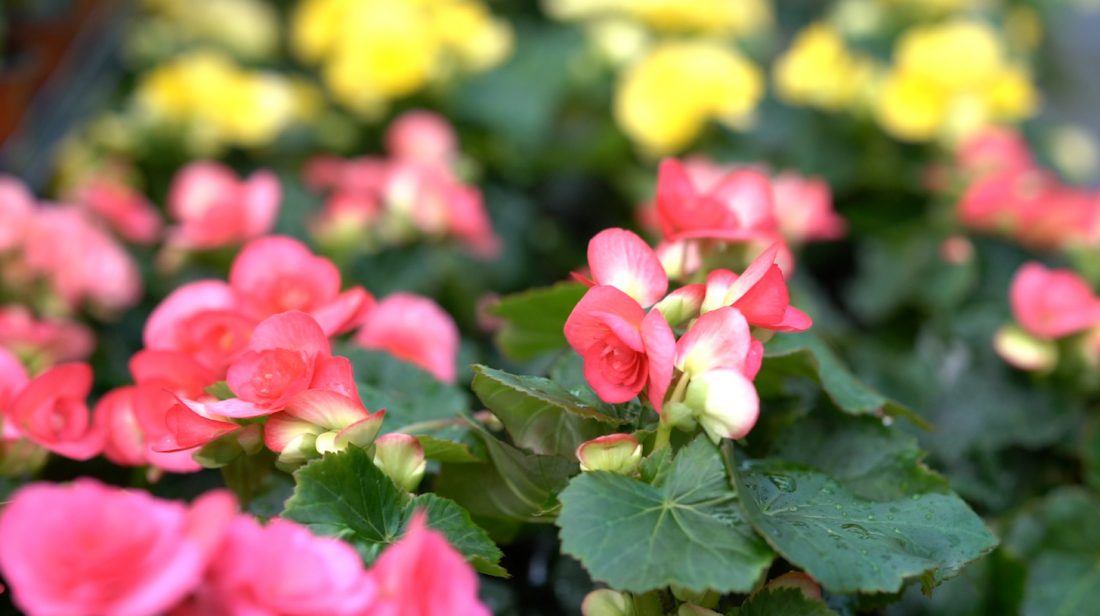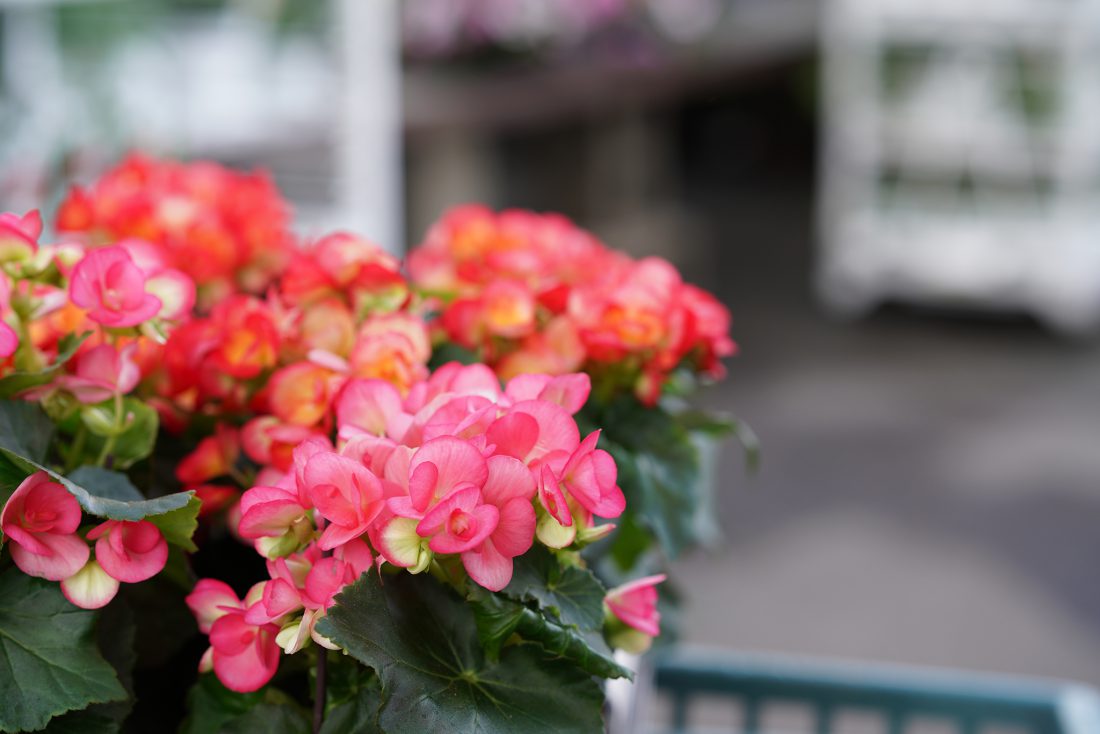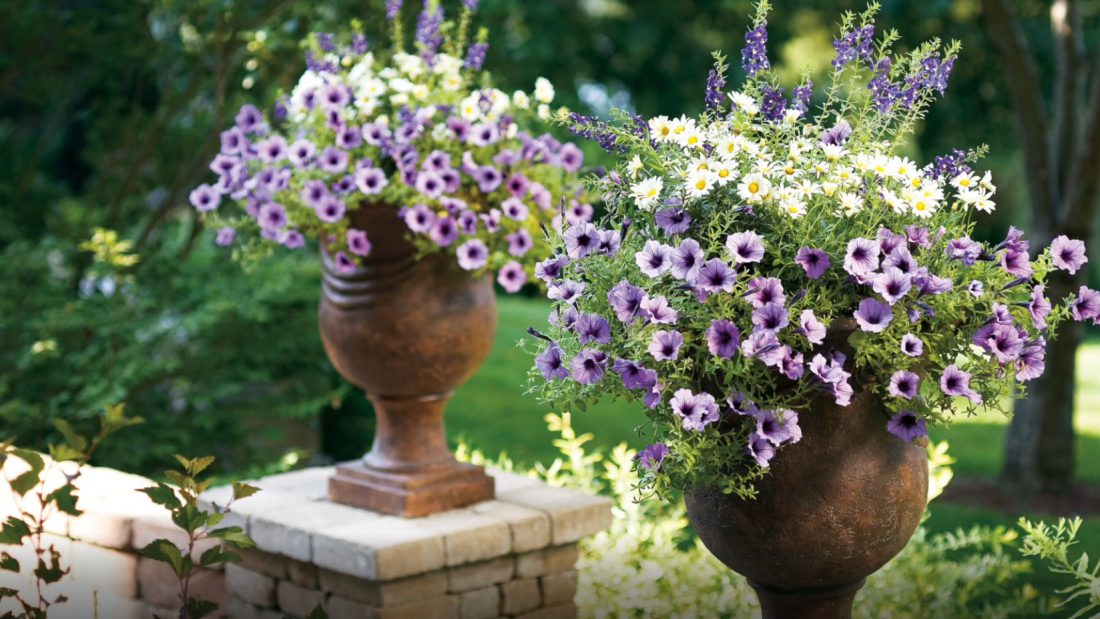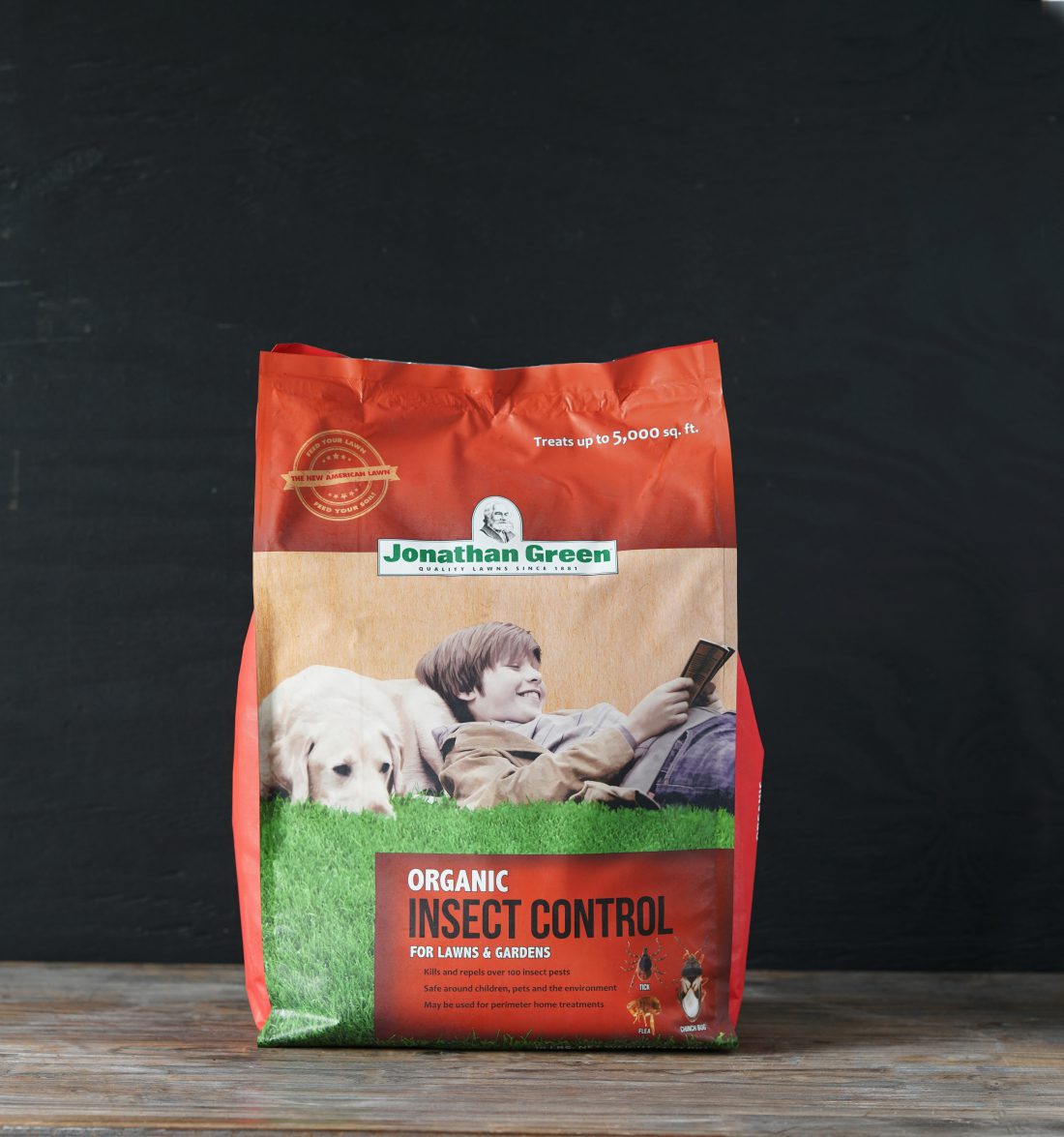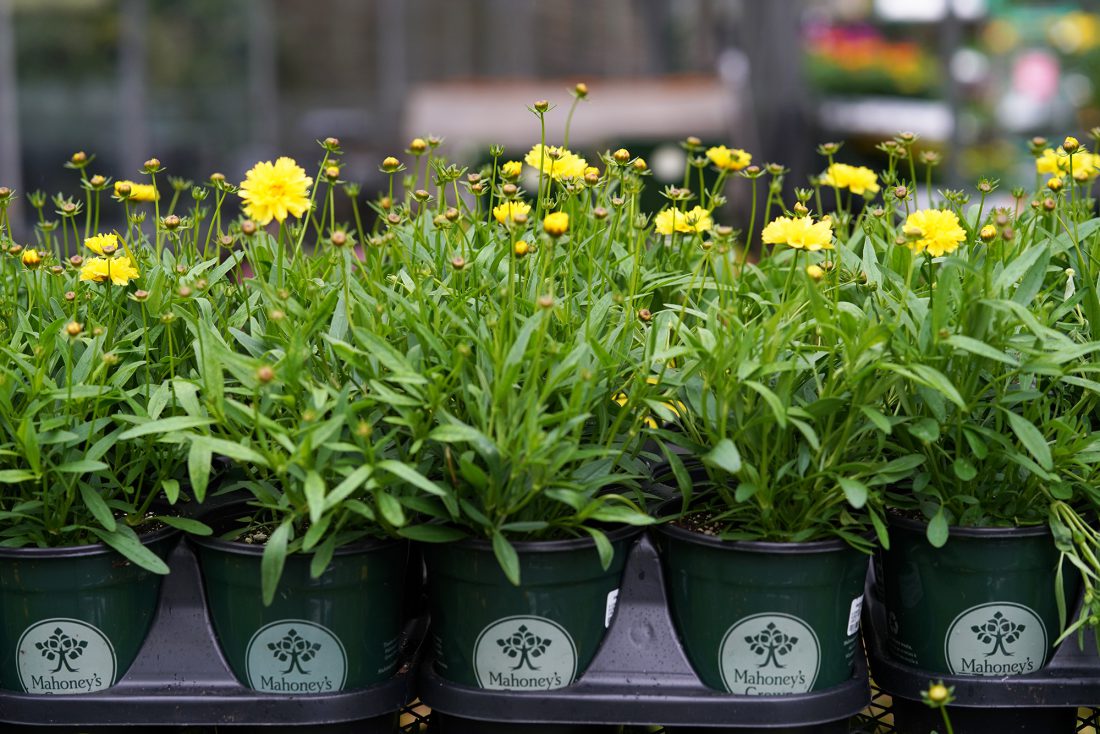Video Look: What’s In Store October 12, 2018
???????? It’s pumpkin time! Our stores are packed with an array of festive decor to dress up the house for autumn this weekend. Don’t forget to plant your Spring blooming bulbs like tulips and daffodils too! Ready to decorate indoors? Our greenhouses are stocked with fresh houseplants to clean the air and breathe new life into your interior spaces for the cooler months.
VIDEO LOOK: WHAT’S IN STORE SEPT 14, 2018
We’re ready for Fall! Stop in this weekend to find beautiful mums, cabbage, kale, ornamental peppers and more to spruce up your patio planters and window boxes. Visit our lawn and garden departments to learn how to renovate your lawn with grass seed…. And, don’t miss our fresh trees, shrubs and perennials arriving daily! It’s the best time to shop our collection of Spring Flowering bulbs too!
New: Pugster® Butterfly Bush
Meet Pugster® – it’s a whole new look for butterfly bush. This compact plant reaches just 2′ tall and wide but has the large, full flowers normally seen on a much larger plant. Available in vivid blue, periwinkle, white, or amethyst, Pugster blooms non-stop from early summer through frost. Thanks to thick, sturdy stems, the Pugster® series offers vastly improved hardiness and winter survival over other types of dwarf butterfly bushes.
Video Look: What’s In Store July 12, 2018
We’re bringing in fresh plants daily! Find our Mahoney’s Grown Perennials and Annuals in-bloom now with many sun-loving varieties that do great in the summer heat. Our hydrangea selection is unbeatable with fresh mopheads, paniculatas and more in our nurseries! Looking to spruce up the indoors? Our houseplant selection is always stocked with your favorites. Visit our lawn and garden departments for expert advice and solutions for your summer garden too!
What’s In Store: June 2, 2018
This week we’ve loaded up with beautiful pottery, shrubs and perennials in bloom, shade-tolerant begonias, lush, full annuals, garden art and incredible patio furniture!* Stop in today and let us help make your outdoor spaces beautiful! * Patio Furniture available in our Winchester and Falmouth stores only
Spotlight: Elatior Begonias
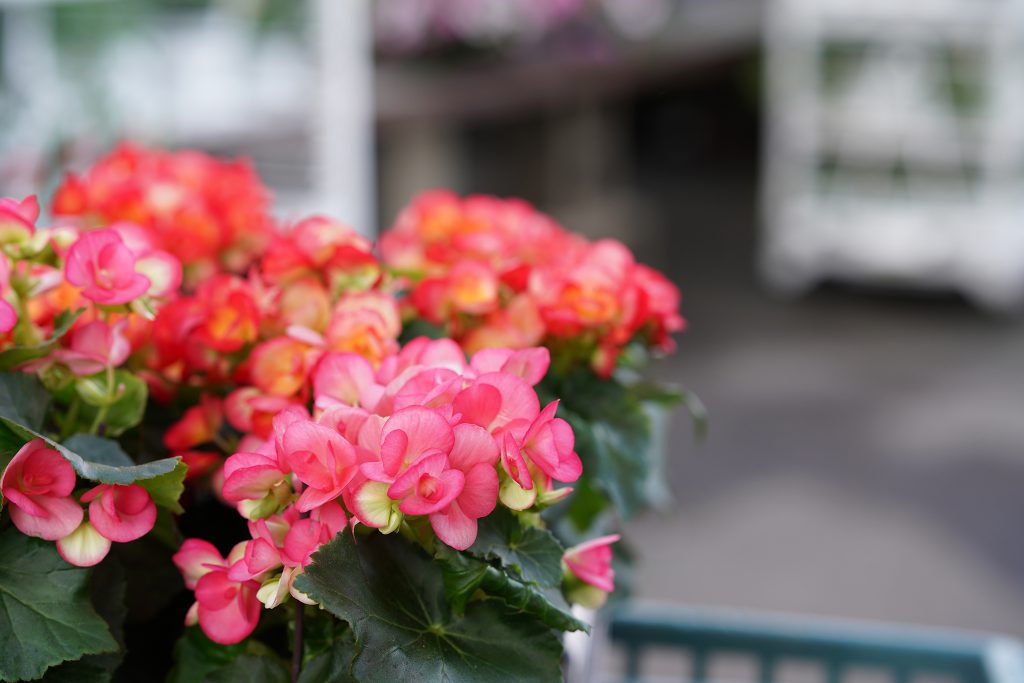
One of our favorite annuals for part-sun to part-shade areas is the Elatior begonia. With incredibly vivid colors, elatiors are excellent in container gardens or window boxes. Stop in for a great selection in pinks, corals, yellows, whites, reds and more! For sunny areas, try the Solenia Elatior begonia!
PW Annual of the Year: Supertunia ‘Bordeaux’
Laura from Garden Answer talks about Proven Winner’s Annual of the Year: Supertunia ‘Bordeaux’, one of our absolute favorites for containers and garden beds!
Tick & Mosquito Solutions
Don’t let ticks and mosquitoes hold you hostage inside this Spring and Summer! Here are some of our favorite products to repel those unwanted garden and patio guests.
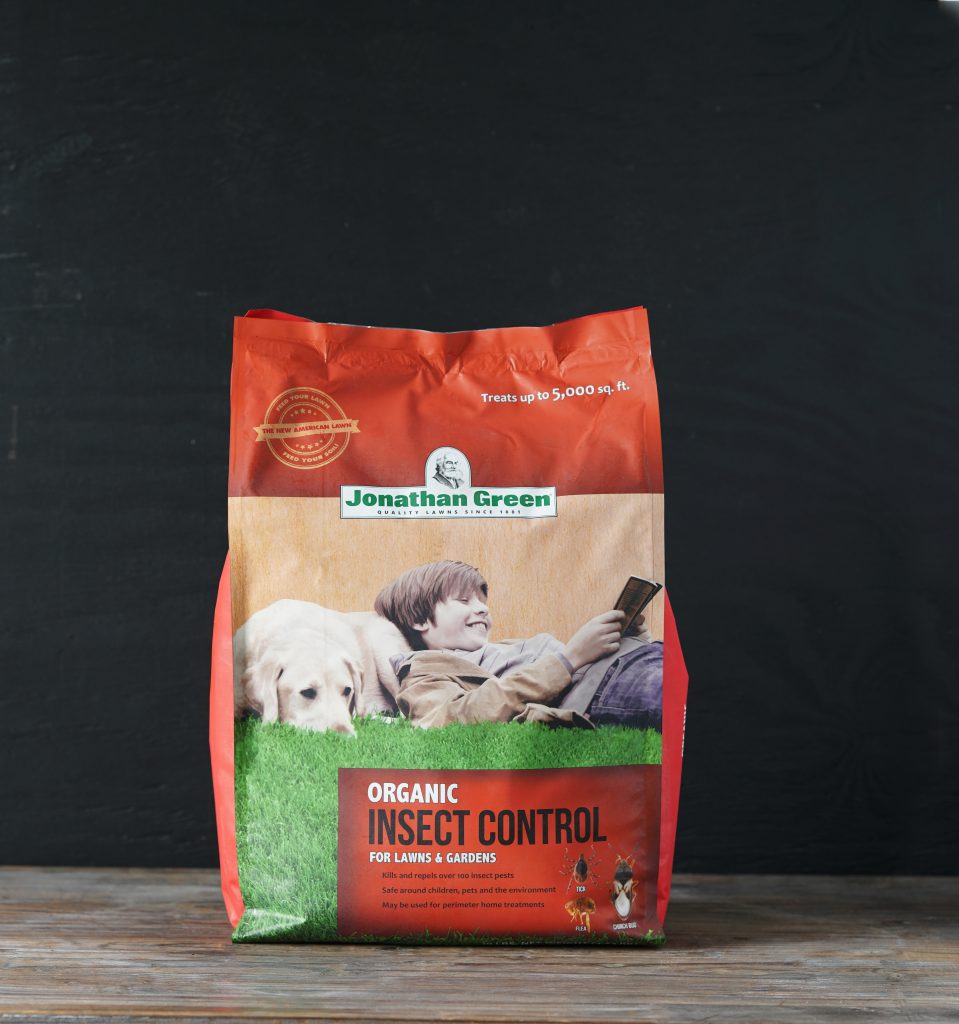
JONATHAN GREEN INSECT CONTROL Organically kill and repel ticks! Organic Insect Control kills and repels over 100 insect pests with a patented blend of organic plant oils including ants, fleas, spiders, ticks, chinch bugs, ants, earwigs, army worms, spiders, billbugs, beetles, mealybugs, millipedes and many other lawn insects. This product is environmentally safe. Uses scientific technology based on the natural defenses that plants use to protect themselves against insects and disease. These essential plant oils work by blocking specific neural pathways called Octopamine receptors that only exist in insects, therefore having no adverse effect on mammals, birds or fish. Causes an immediate “knock-down” followed rapidly by the insects’ death. These botanical formulas have strong repellency characteristics that keep new bugs from coming into the area.
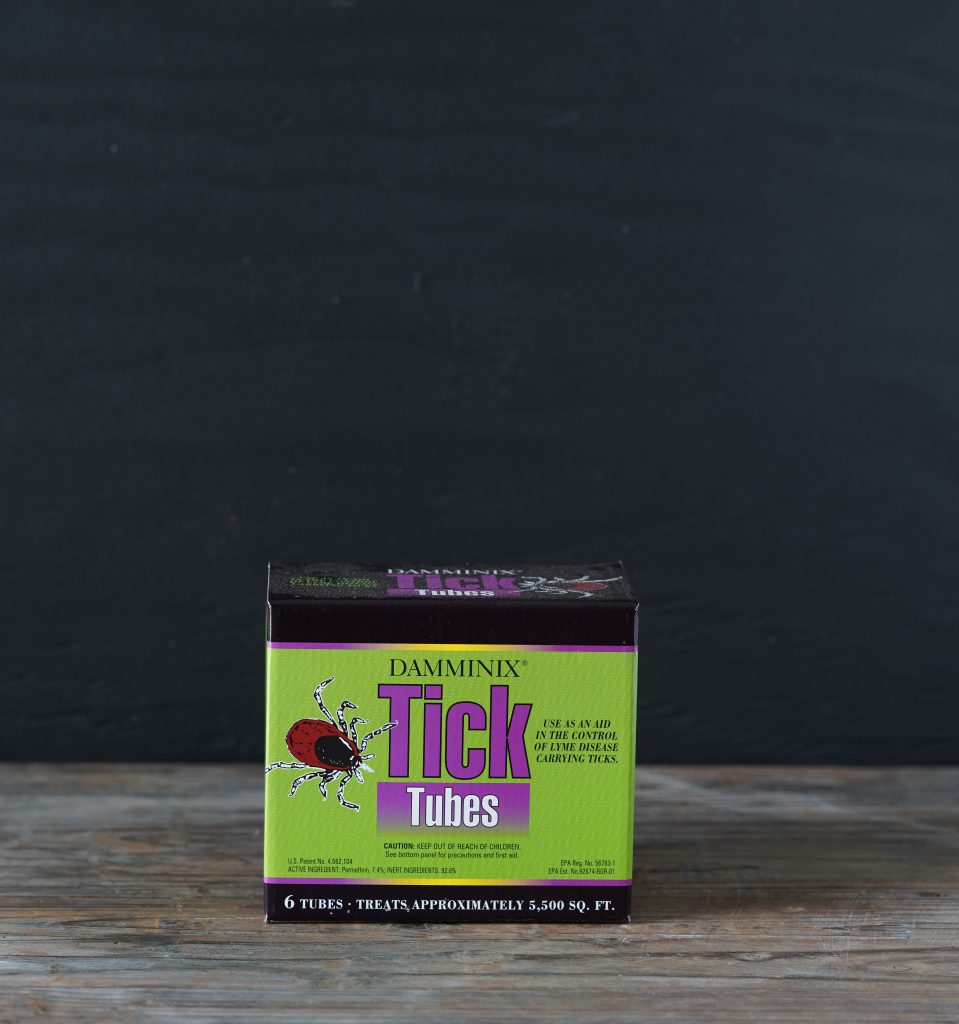
DAMMINIX® TICK TUBES Did you know that ticks get lyme disease from mice, not deer? Damminix Ticks Tubes® rely on the natural nesting instincts of mice to take the battle to source and deliver tick controlling permethrin directly to this host animal and the ticks it infects.
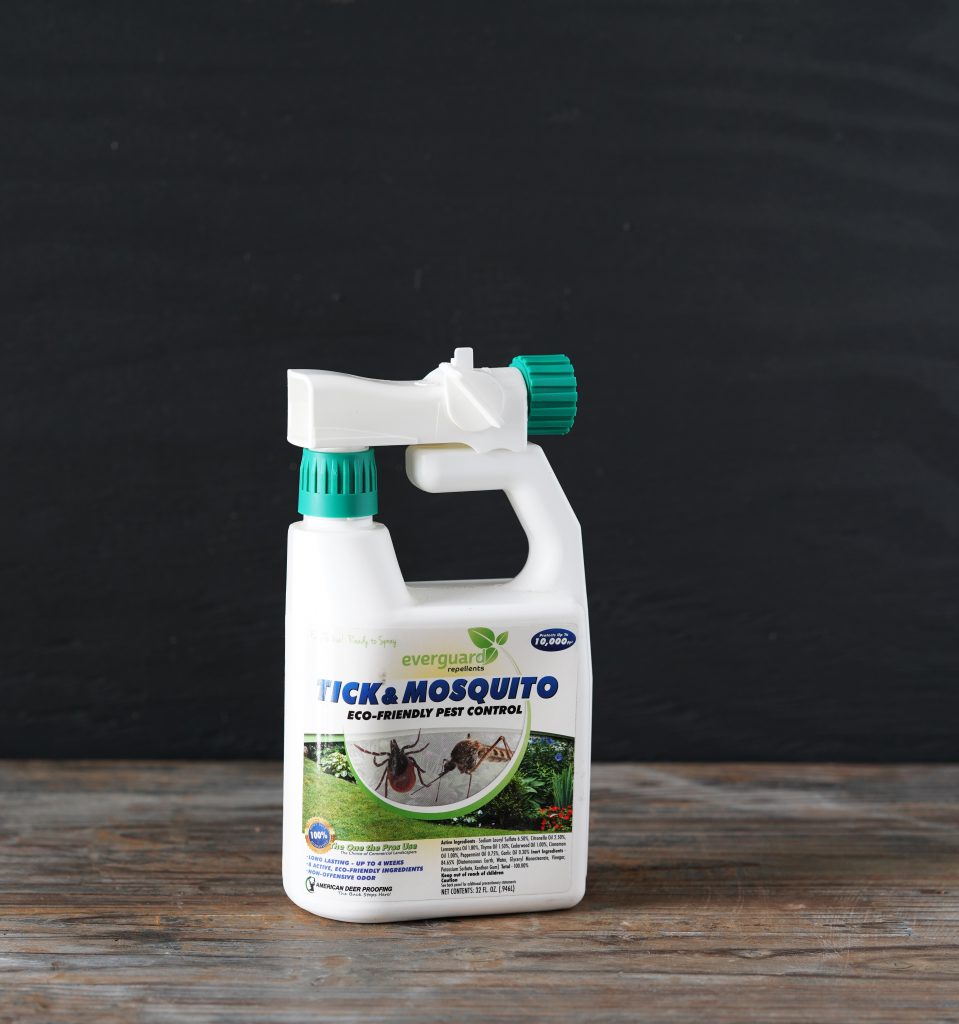
EVERGUARD™ TICK & MOSQUITO REPELLENT Designed to safely repel tick and mosquitoes. Attach a hose and spray around leaf litter, around shrubs, under decks, shaded areas and lawns. Contains citronella, lemongrass, cedarwood, thyme, cinnamon and garlic oils.
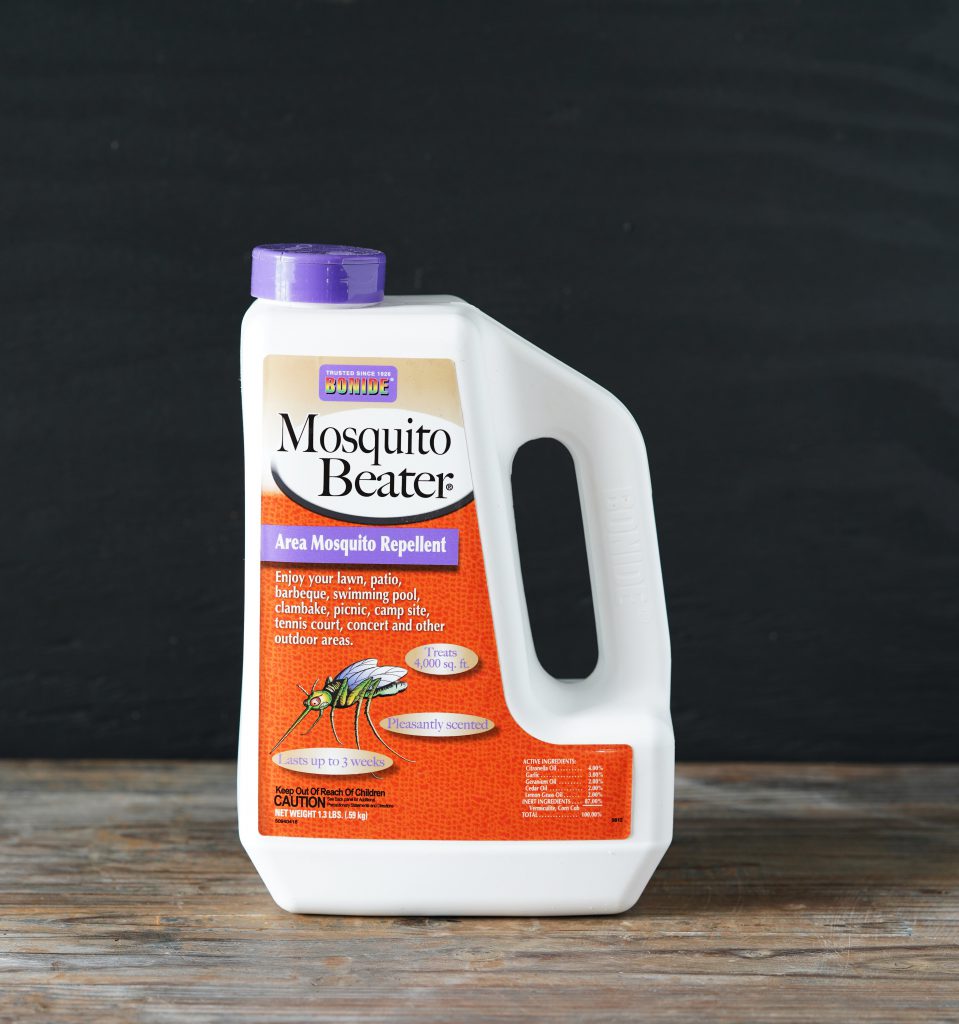
BONIDE® MOSQUITO-BEATER® GRANULES Made with natural ingredients. A field tested formula. Effectively repels for up to 3 weeks. Non – toxic, biodegradable and pleasantly scented. Easy to use shaker applicators. Enjoy mosquito free surroundings, any place, anytime.
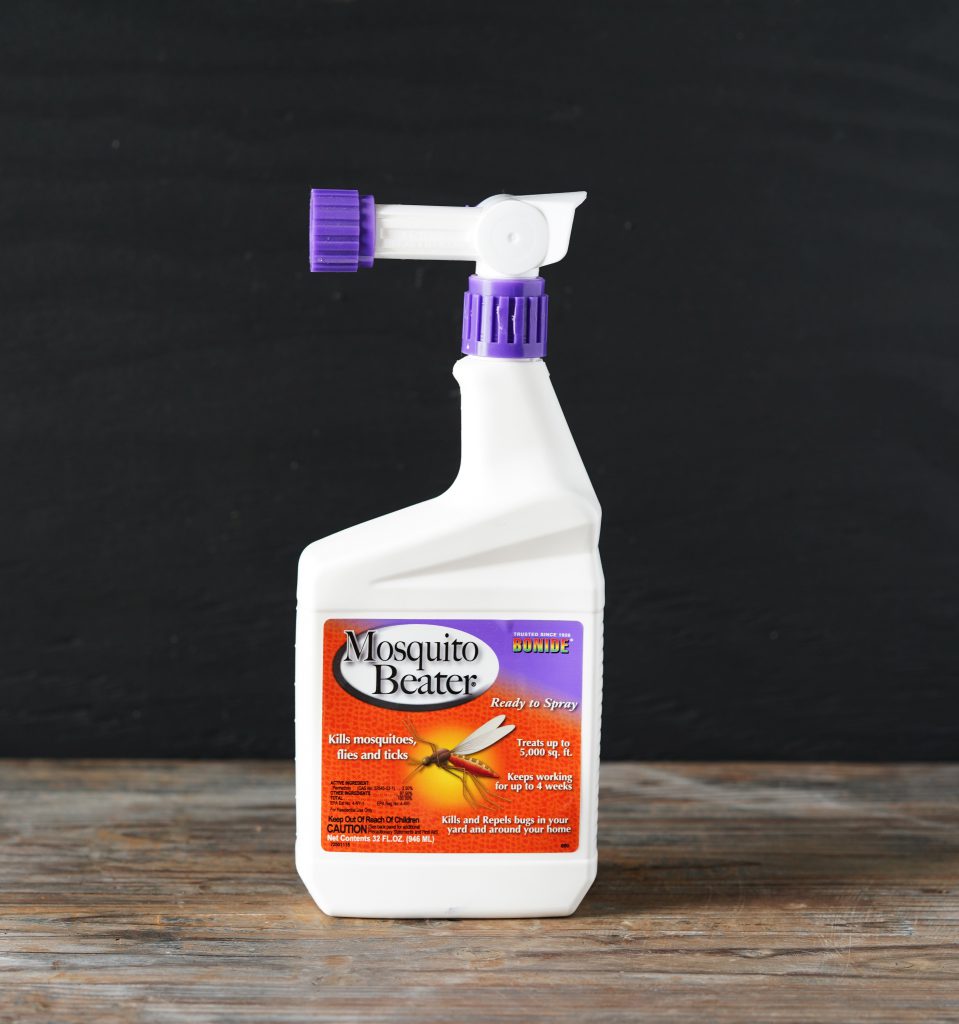
BONIDE® MOSQUITO-BEATER® READY-TO-SPRAY Kills and repels mosquitoes, flies, and gnats…1 qt. protects 5000 sq. ft. Simply attach to garden hose and apply. Low odor, water based Permethrin.
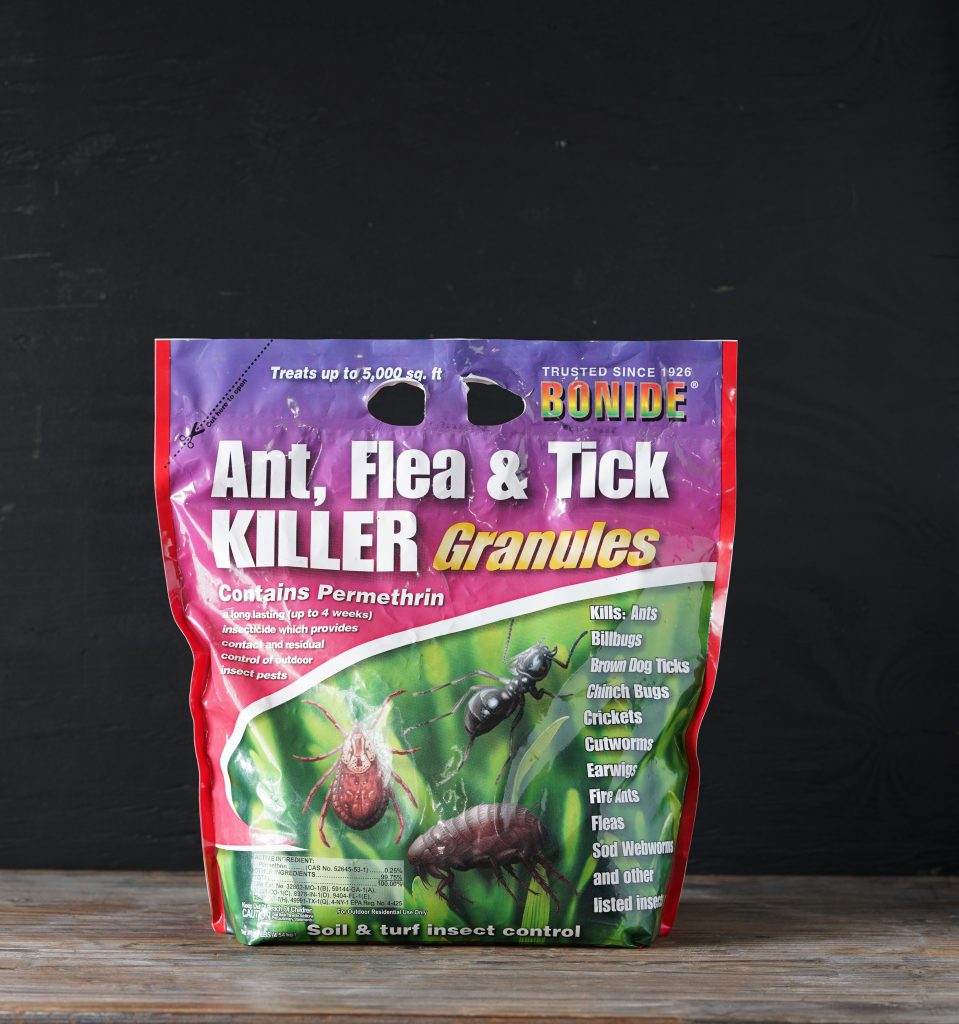
BONIDE® ANT, FLEA & TICK Fast-acting, long lasting (4 weeks) insect control for lawns and home foundations. Great for ants, fleas, ticks, crickets, spiders, silverfish and more! 10lbs treats 5,000 SF.
Featured Perennial: Coreopsis Leading Lady Series
The Leading Lady Series of Coreopsis offers an early and long blooming season from June through September. They grow 18”-24” high and form a mound 12”-15” wide. They come through cold winters to perform well in hot summers, showing good mildew resistance. Movie buffs will love the fun naming convention! ‘Sophia’, named after Sophia Loren, covers herself with large, showy, tubular yellow blossoms. ‘Charlize’, after Charlize Theron, has large, frilly, soft yellow double blooms. ‘Lauren’, after Lauren Bacall, has masses of large, single yellow flowers.

